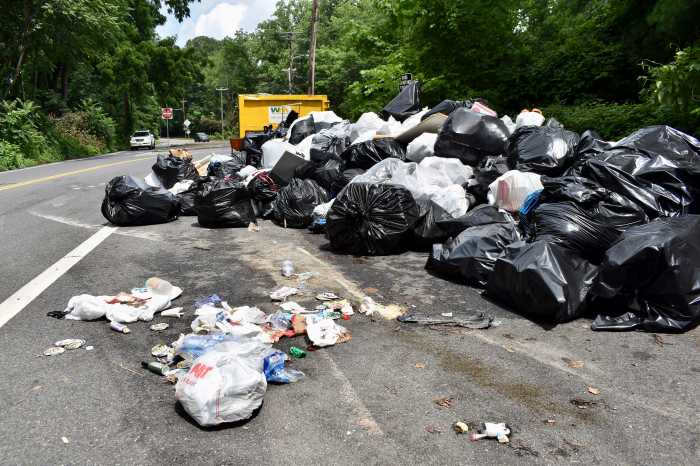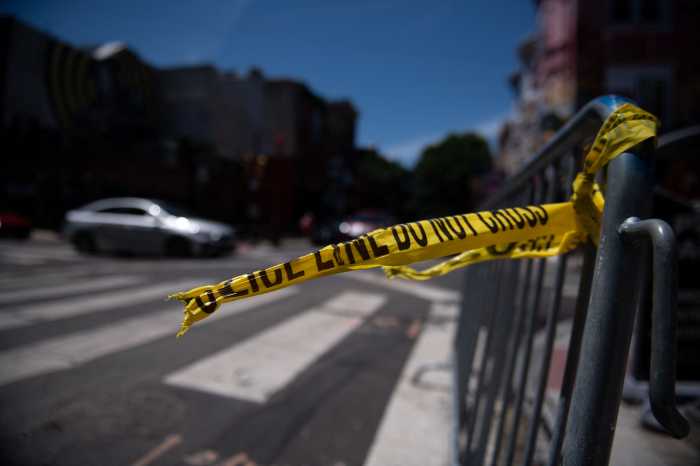“The smell.”
That’s the main difference between real and artificial Christmas trees, according to Floyd Singletary, who sells Christmas trees during the holidays out of his auto shop at 27thand Poplar streets. “People walking by here always say, ‘I love the smell,'” Singletary said as he showed off his stock of Fraser Firs from North Carolina and Grand Firs from California. “They say an artificial tree will last 10 years. But people say it’s just not the same. I hear that a lot.” Nonetheless, artificial Christmas tree retailers say getting a fake tree has a wide range of benefits, and that the vast majority of Americans now get fake trees.
“Artificial Christmas trees are an investment. A high quality Christmas tree can easily last for more than 20 years. This means that spending a few extra dollars can end up saving you money,” claims the American Christmas Tree Association (ACTA), a nonprofit that says it is dedicated to helping families choose the right Christmas tree. According to a 2016 survey conducted by ACTA, out of 100 million households in the U.S. with Christmas trees, 81 percent are getting artificial trees, and only 19 percent are getting real trees.
But advocates for the authentic Christmas tree industry say ACTA’s is using fake statsto push artificial trees.
“I don’t buy that,” said Tim O’Connor, executive director of the National Christmas Tree Association (NCTA), an advocacy group for authentic Christmas tree industry, of ACTA’s survey. “They of course have concocted a study that says more people like our product than the real thing.” Whether those numbers or real or not, the NCTA this year decided to start the “It’s Christmas, Keep It Real!” publicity campaign to promote buying authentictrees. O’Connor said the industry wants to promote real trees as millennials start settling down and raising their own families. In terms of cost, on average, artificial trees are a bit pricier — averaging out at $78, compared to an average price of $46 for a real tree, according to ACTA. There’s also a debate over what’s more environmentally friendly. Owned for four years, artificial trees will have a smaller carbon footprint than real trees, the ACTA said.Among other factors, they won’t have to be watered and won’t have to be transported over as many miles from where they are grown to sales. O’Connor was skeptical of those claims as well.
“It’s a tree that starts with oil, is turned into polyvinyl chloride, is manufactured in China, shipped back to the United States, and when it’s done, it goes in a landfill,” he said. “For the artificial tree industry to say… they have a smaller environmental footprint than a real Christmas tree is real B.S.” Even people who have bought artificial trees say they may be going back to naturally grown trees soon.
“I like real trees better,” said Amber Daniels, who said she only bought an artificial tree this year because she’s tight on space in her apartment.
“Next year I’ll get a real tree, because I like the smell,” she said. “I have to put it together. But the only real difference is the smell.”
Real or Fake? Christmas tree debate heats up

Sam Newhouse































